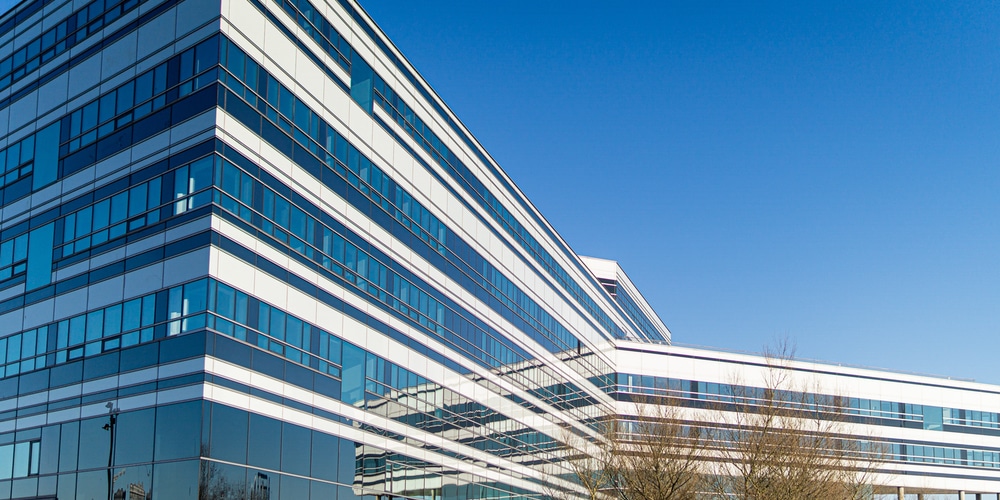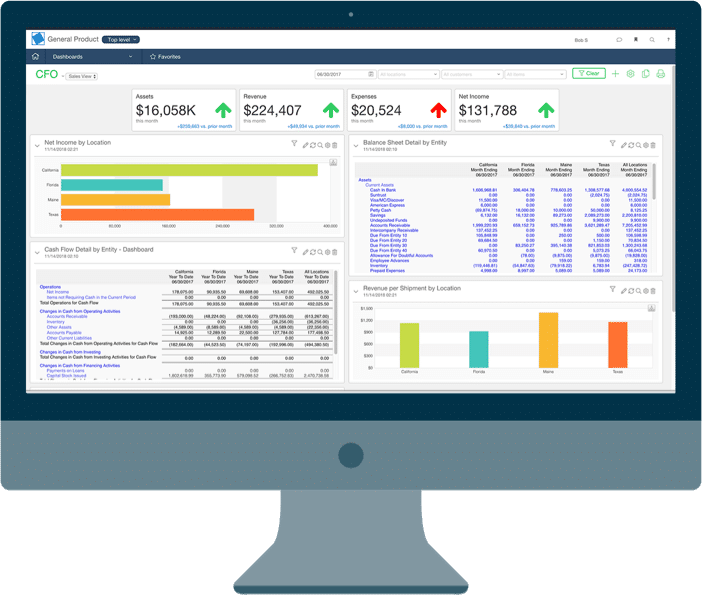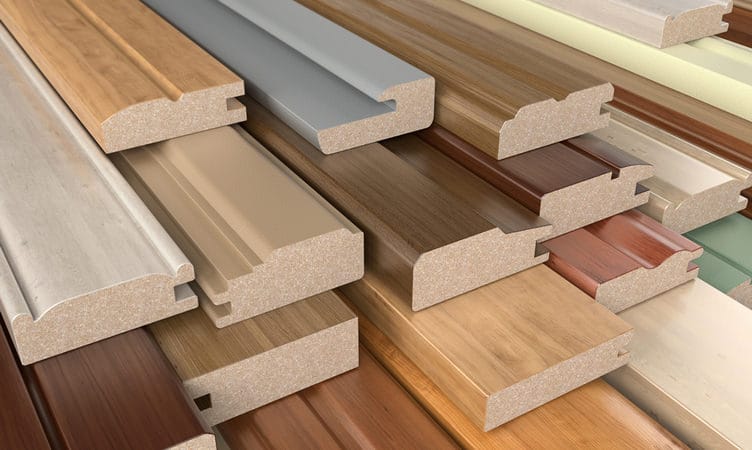Income Tax Assessment Act 1997 - Division 43 (Deductions for capital works)
Division 43 (Div43) allows deductions for buildings and structural improvements.
Owners of capital works (a building) that is income-producing within a financial year are entitled to claim deductions under Division 43 for the time that the building was used to produce an income.
Owners include individual investors, self-managed superannuation funds (SMSF), property funds, trusts and of course companies.
Buildings
Capital Works are building and engineering works that create an asset, including the construction and installation of facilities and fixtures that are a part of that asset.
Preliminary expenses such as architect fees, engineering fees, surveying fees, foundation excavation expenses and costs of building permits also form part of the construction expenditure.
(a) begun in Australia after 21 August 1979; or
(b) begun outside Australia after 21 August 1990.
AssetAccountant – saving you from spreadsheets since 2019
Structural Improvements
s43-20: For works begun after 26 February 1992, this division also includes capital works that are structural improvements, or extensions, alterations or improvements to structural improvements, whether they are in or outside Australia.
Some examples of structural improvements are:
(a) sealed roads, sealed driveways, sealed car parks, sealed airport runways, bridges, pipelines, lined road tunnels, retaining walls, fences, concrete or rock dams and artificial sports fields; and
(b) earthworks that are integral to the construction of a structural improvement …, for example, embankments, culverts and tunnels associated with a runway, road or railway.
s43-20 (4) goes on to specify exclusions of specific earthworks. Earthworks not integral to a structure don’t qualify for a deduction.
So building the foundations of a structure qualifies for a deduction. But the building of artificial landscapes, underground tanks and dirt tracks do not.
Percentages
The deduction is either 2.5% of the construction expenditure over 40 years. Or it is 4% over 25 years. But neither commences until construction reaches completion (specified in s43-30).
The rate that applies (2.5% or 4%) depends on the date construction commenced. And it depends on the type of construction expenditure incurred.
The rules in s43-145, and s43-200 to 43-220 for determining the rate are complex. But to give you one example. The 2.5% rate applies to capital expenditure incurred on the construction of a residential rental property that commenced after 26 February 1992.
Expenditure
Construction expenditure is capital expenditure incurred to construct capital works. It does not include capital expenditure on acquiring land, demolishing existing structures, landscaping or plant; s43-70.
Hence, deductions for capital allowances on expenses related to buildings or structural enhancements that are considered as ‘plant’ are typically covered by Div40 rather than Div43.
Ready to kick some assets?
- AssetAccountant is fixed asset software that automates fixed asset depreciation & lease accounting and posts their journals to the General Ledger.
- AssetAccountant combines detailed interpretation of Tax and Accounting rules with a modern user interface design, to simplify the process of creating and maintaining your fixed asset register.
- AssetAccountant is sophisticated enough for Wall Street, user-friendly enough for main street.
- AssetAccountant is for worldwide application 🌎
Why our clients love AssetAccountant


Fantastic product - has literally saved me hours of work.


Ever wanted the big company fixed asset system without all the clunkiness and overthinking on the part of the software developers (I'm looking at you Thomson Reuters...)? Well then you need AssetAccountant. It provides just the right mix of complex depreciation calculations and beautiful user interface. It's a system designed by accountants and executed perfectly by developers. The integration is seamless with Xero (you can sign into AA with Xero credentials which is awesome if you are already running Xero on your browser) and journaling synchs are very flexible between the two applications. Then there is the price. I challenge you to find a more robust fixed asset system at these price points. Well done AssetAccountant.
You get me.
I now have my big boy jocks back on for fixed asset management....and they fit!






















































